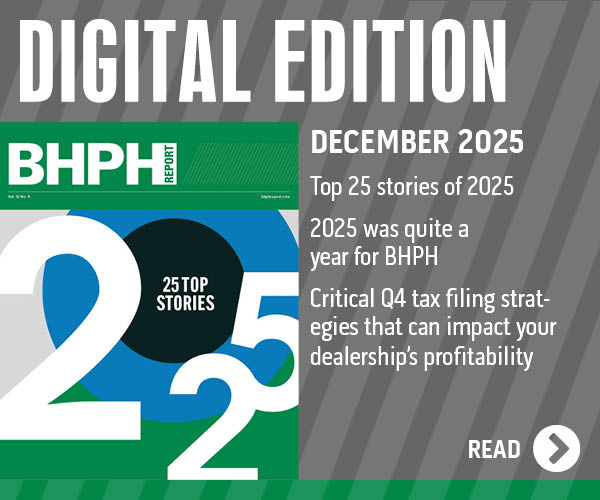Agora Data seeks patent for subprime prediction tool

Image courtesy of Agora Data.
By subscribing, you agree to receive communications from Auto Remarketing and our partners in accordance with our Privacy Policy. We may share your information with select partners and sponsors who may contact you about their products and services. You may unsubscribe at any time.
Agora Data is trying to be an industry pioneer in multiple ways.
After being successful multiple times with group securitizations involving paper originated by buy-here, pay-here dealerships, the company that strives to provide BHPH dealers and small to mid-sized finance companies access to abundant and affordable capital has filed a U.S. patent application with the United States Patent and Trademark Office for a proprietary data-driven business model that may be leveraged to predict the future performance of subprime auto financing.
Agora explained that applying certainty to payment outcomes of a previously unreliable market segment can help to reassure capital markets of results, empowering dealers and finance companies with access to new funding channels and promoting fair lending practices.
Agora said its innovation is unique for the industry, resulting in a “win-win-win solution” for financial institutions, originators, and consumers.
Chief information and strategy officer Daniel Burke and chief technology officer Chad Stilwell are the architects of this business modeling for the subprime market segment.
Their new-to-the-auto-industry model works to identify performance and risk by evaluating contract characteristics and alternative data with a high degree of accuracy.
Subscribe to Auto Remarketing to stay informed and stay ahead.
By subscribing, you agree to receive communications from Auto Remarketing and our partners in accordance with our Privacy Policy. We may share your information with select partners and sponsors who may contact you about their products and services. You may unsubscribe at any time.
Agora highlighted the multi-dimensional model powered by artificial intelligence and machine learning performs thousands of simulations daily on every contract and is backtested on more than $15 billion of subprime data.
The company said finance companies and dealers now can predict contract performance and use the information to make better decisions and optimize business operations.
“Agora’s proprietary modeling produces loan performance results for an asset class previously considered volatile and risky,” Burke said in a news release. “The revolutionary approach delivers dependable calculations similar to results observed in prime asset classes.”
“Predicting the unpredictable is a breakthrough for the subprime auto industry,” Stilwell added. “Historically, subprime lending has been difficult to predict due to the reliance on traditional credit scoring models and unfavorable underwriting guidelines. Advanced modeling using data-driven analytics represents the future of subprime lending and opens a large asset class to the broader market.”


